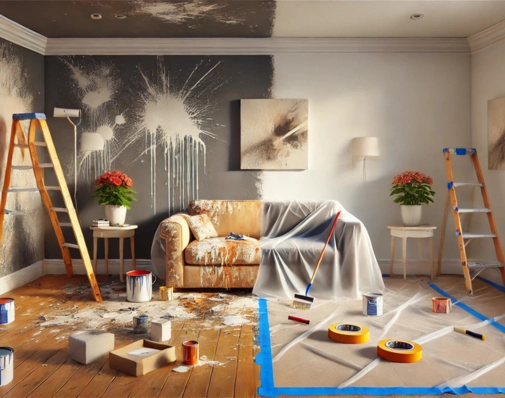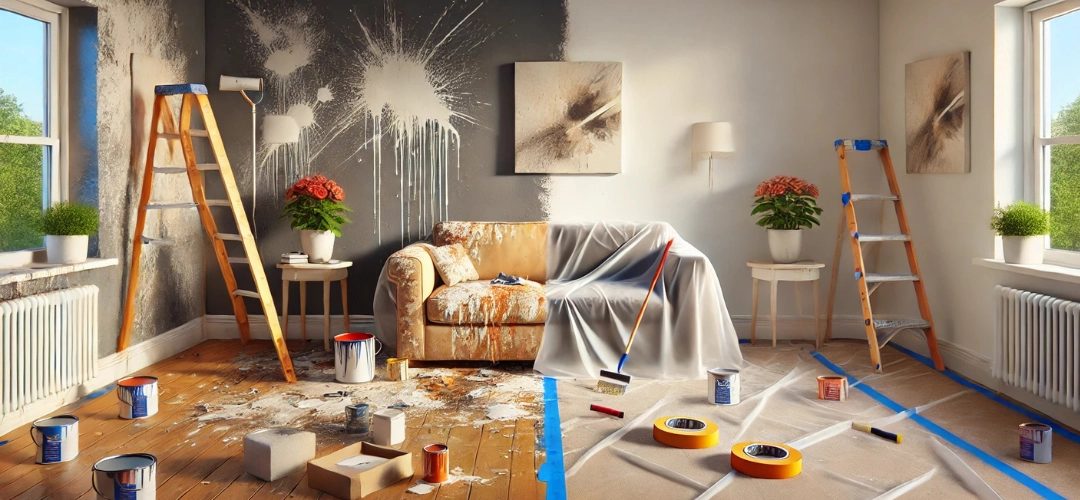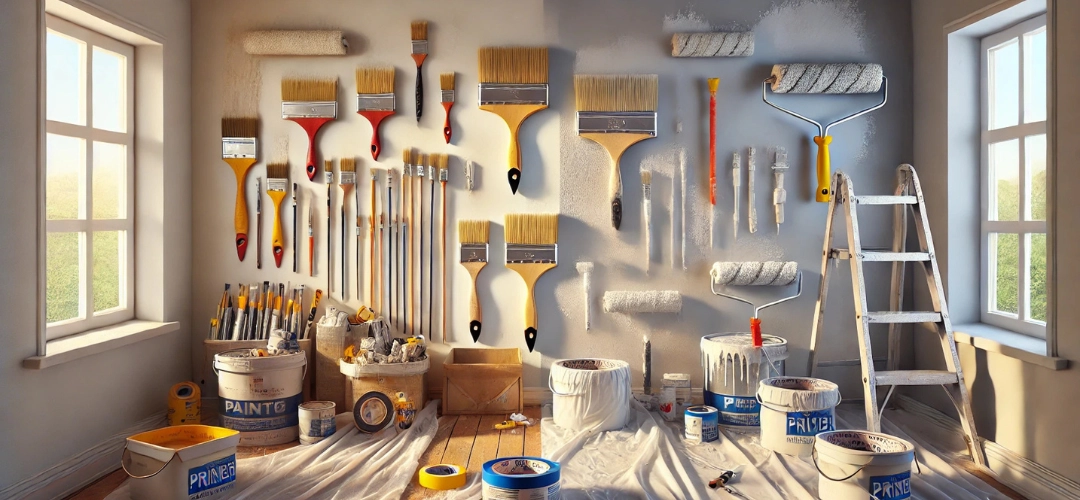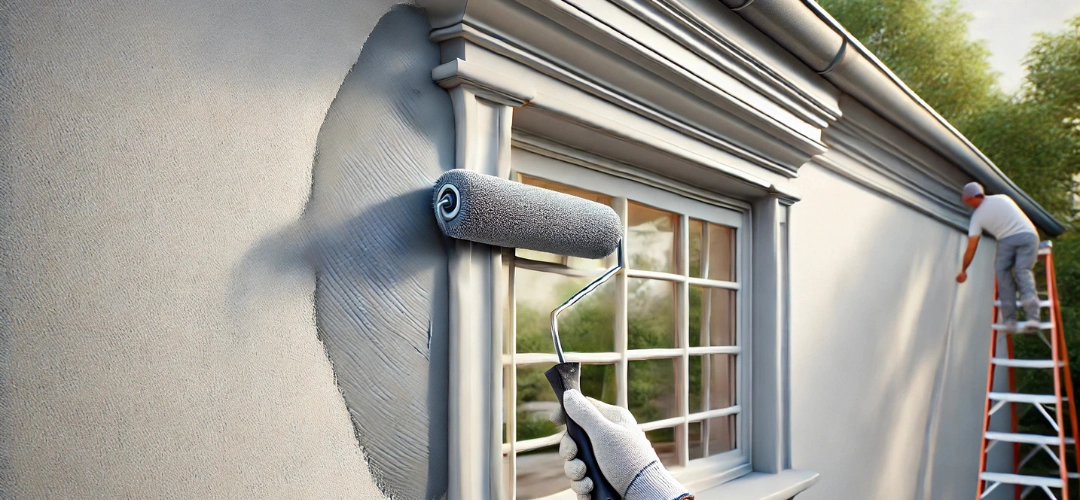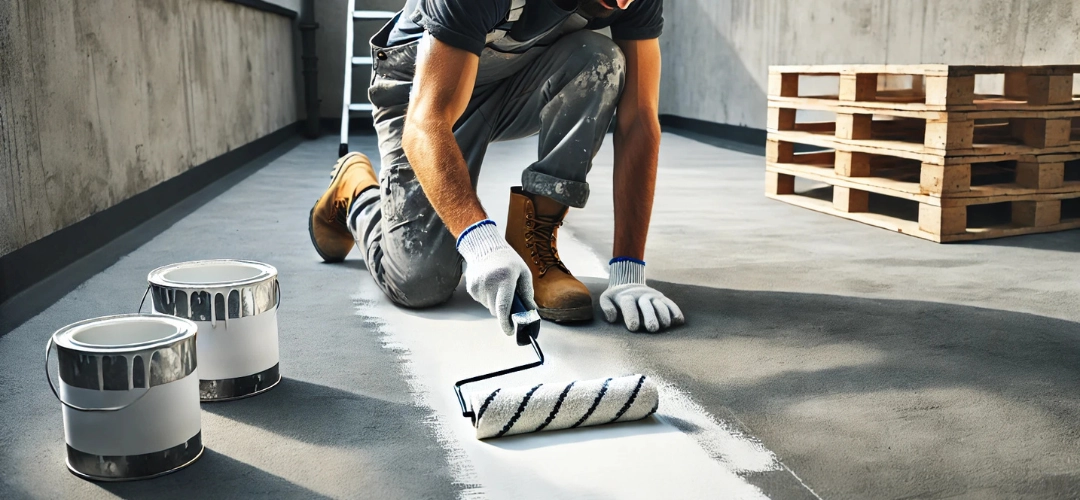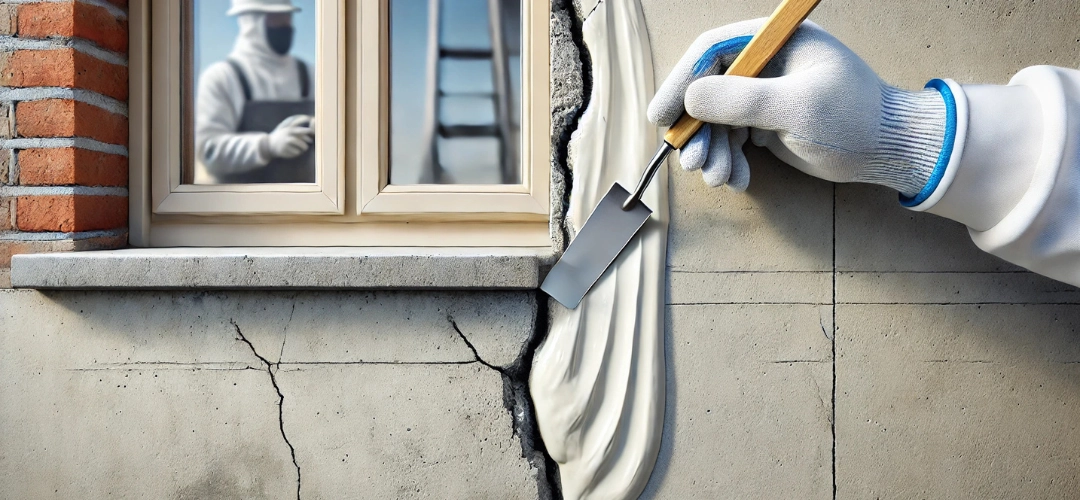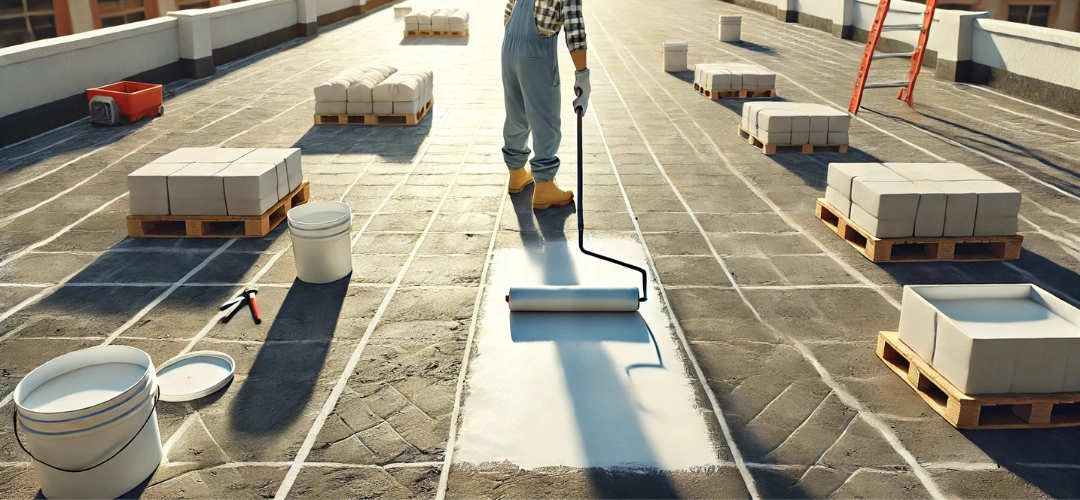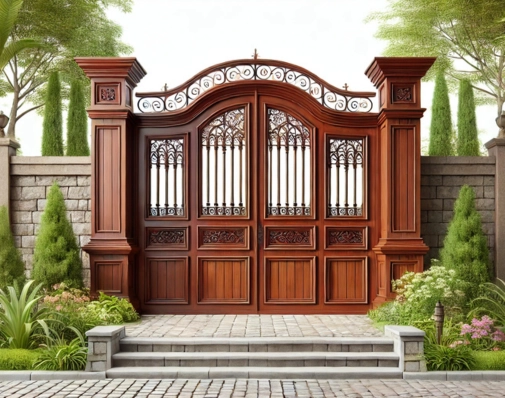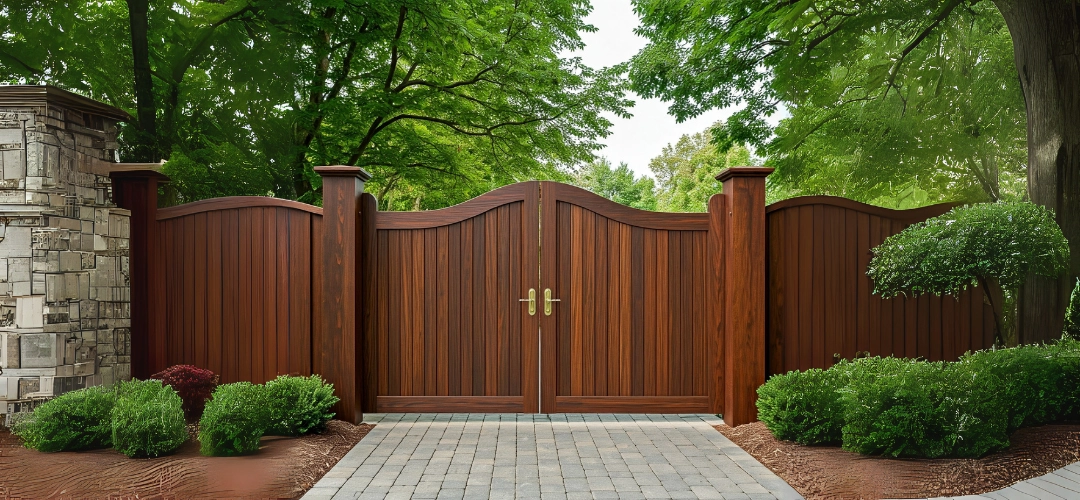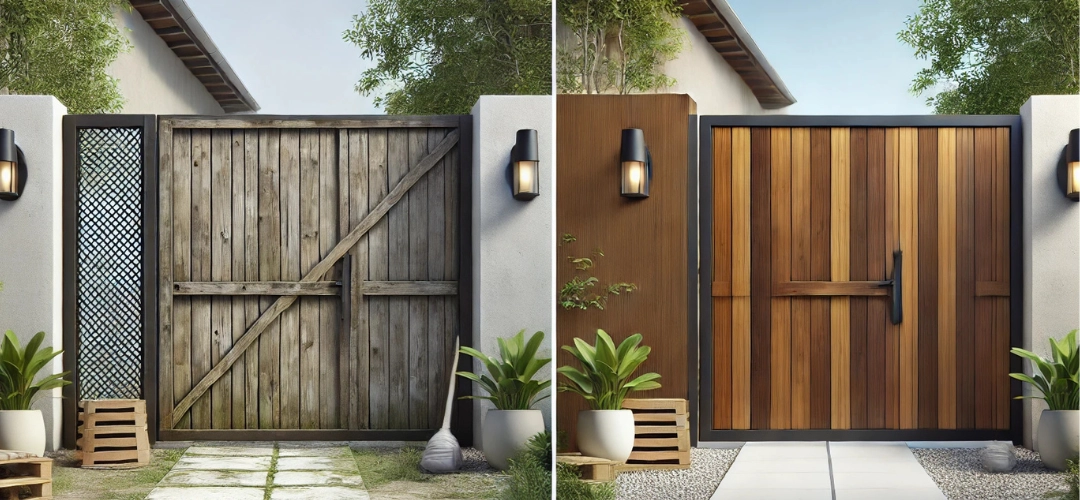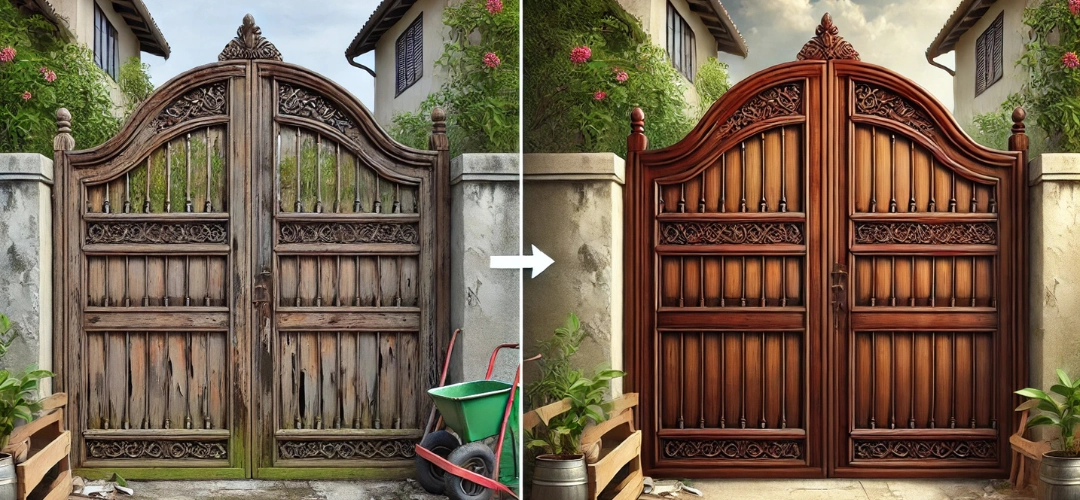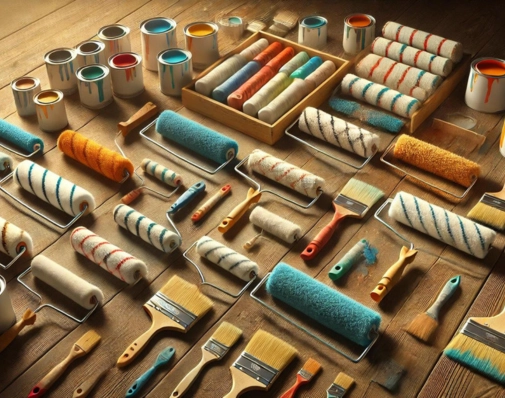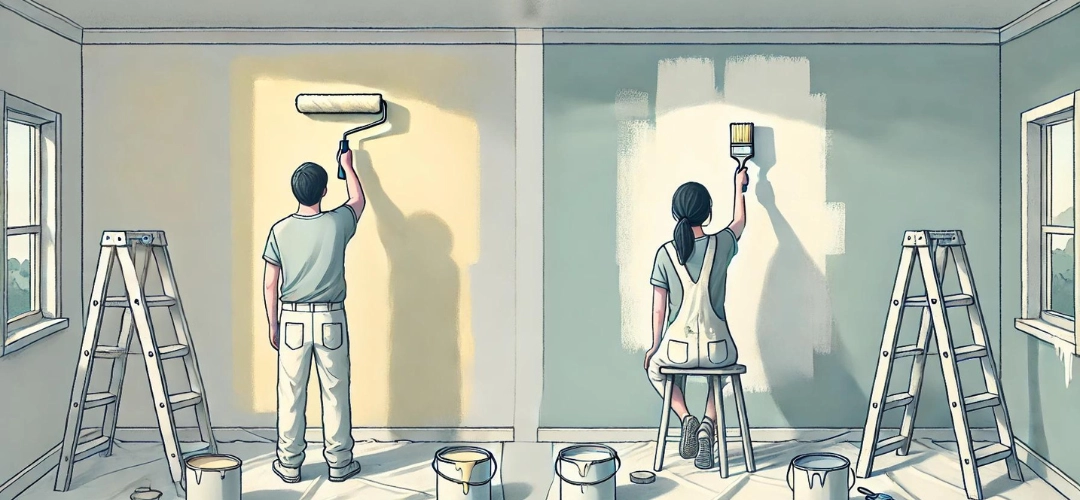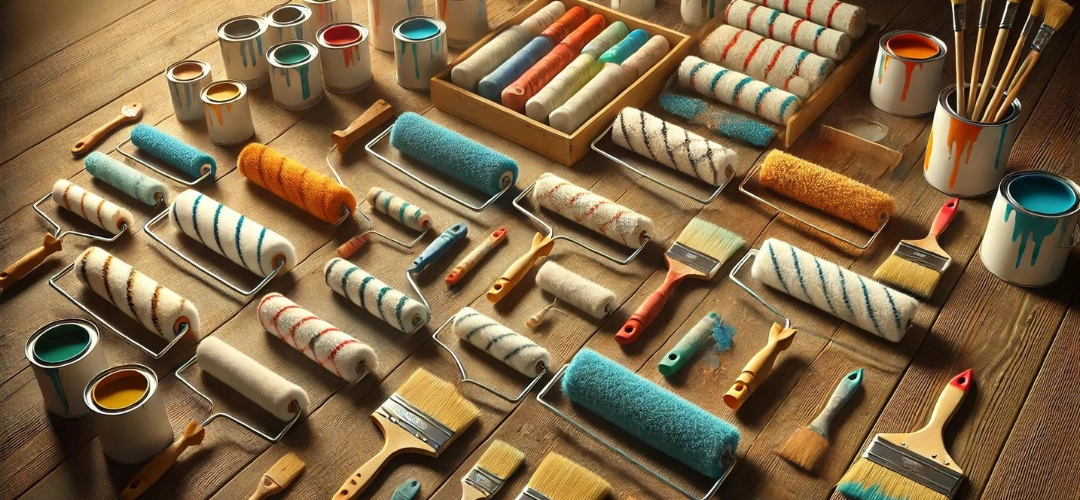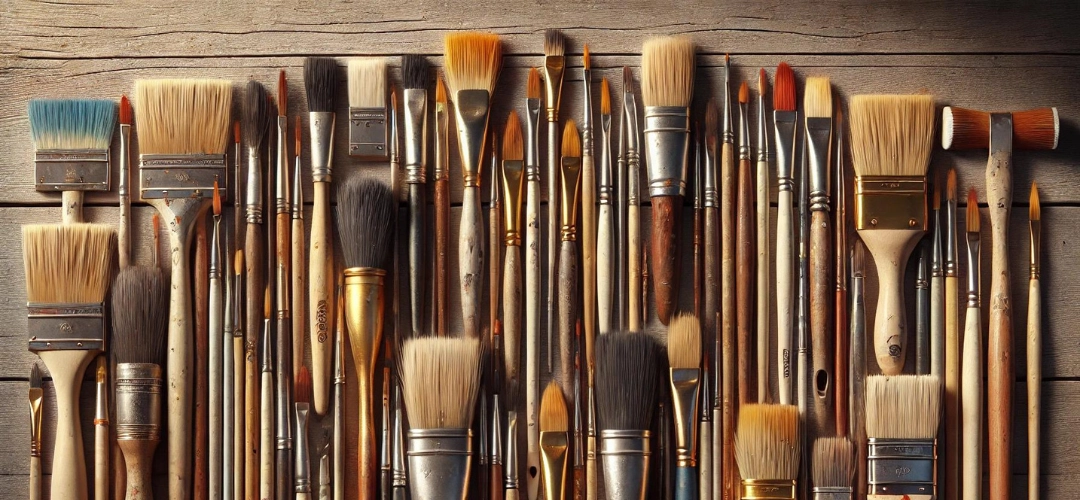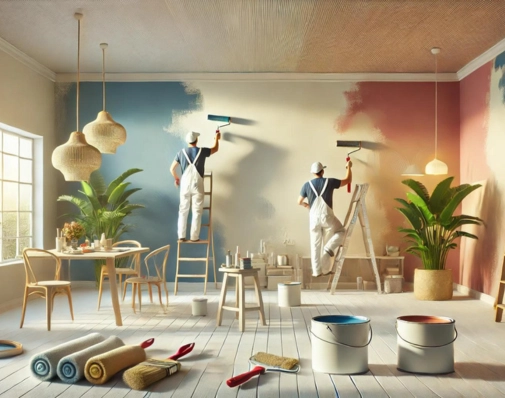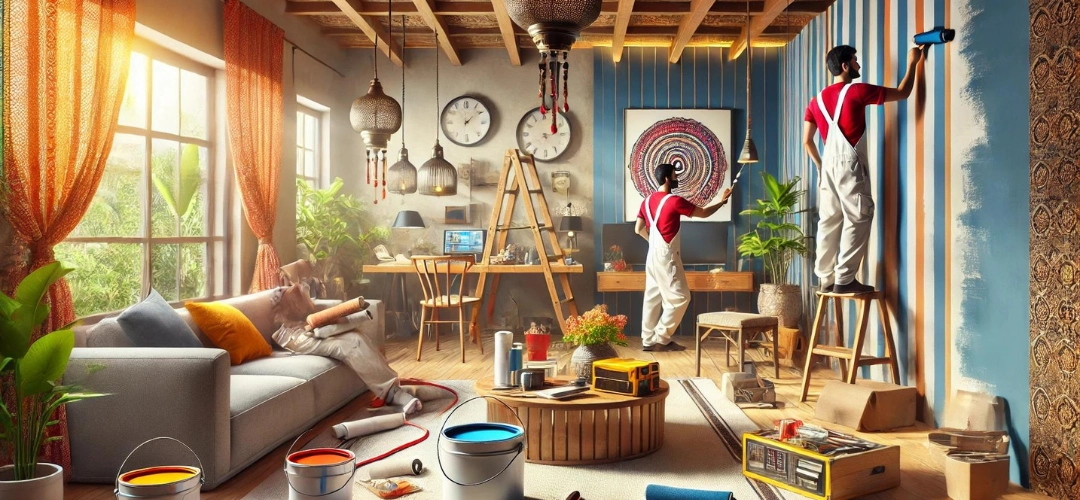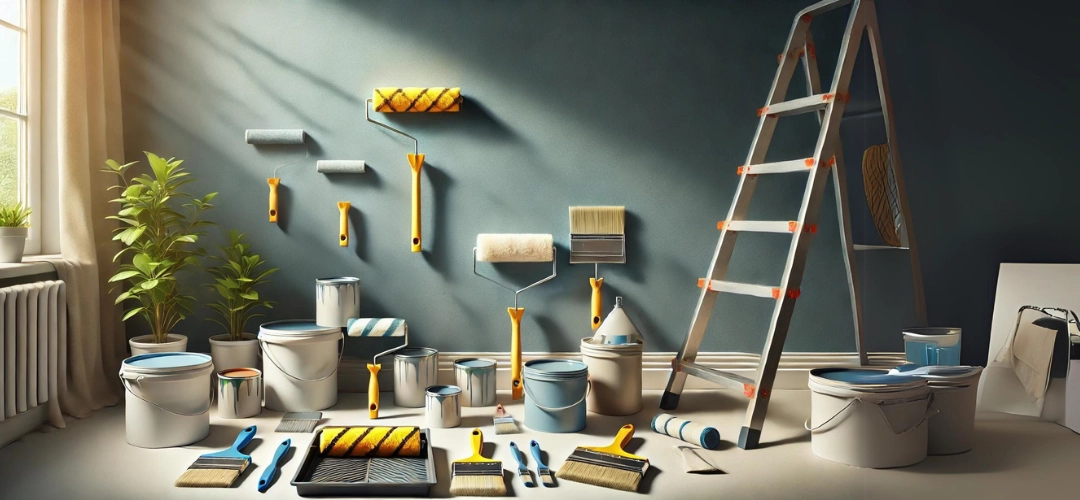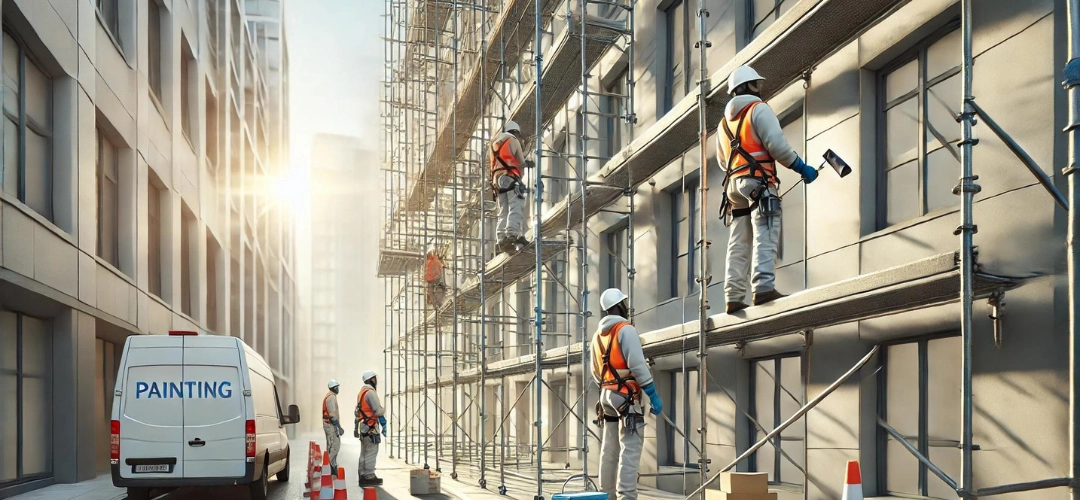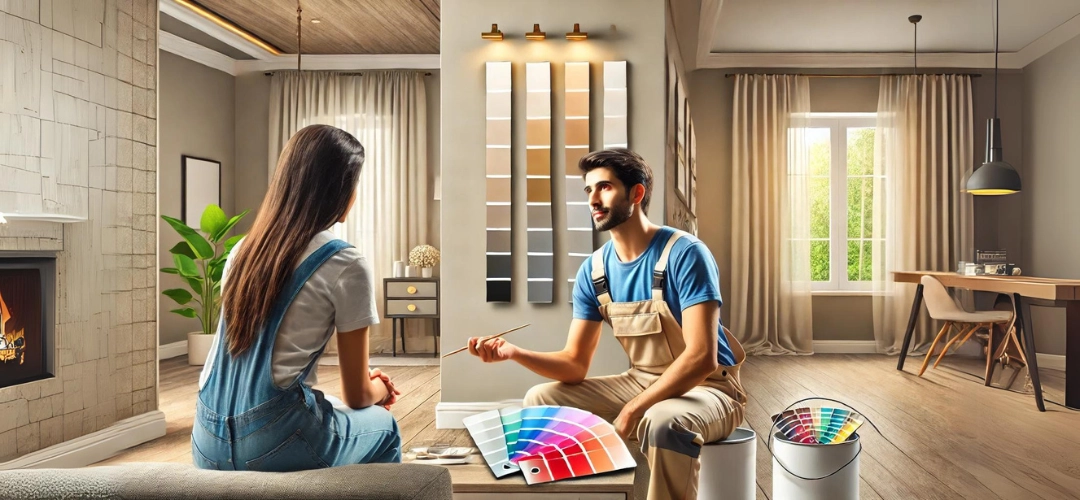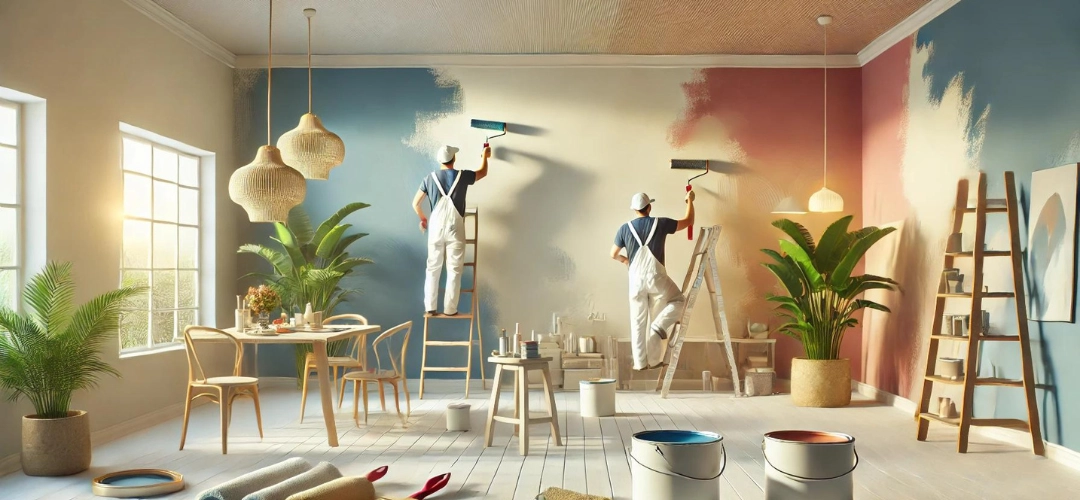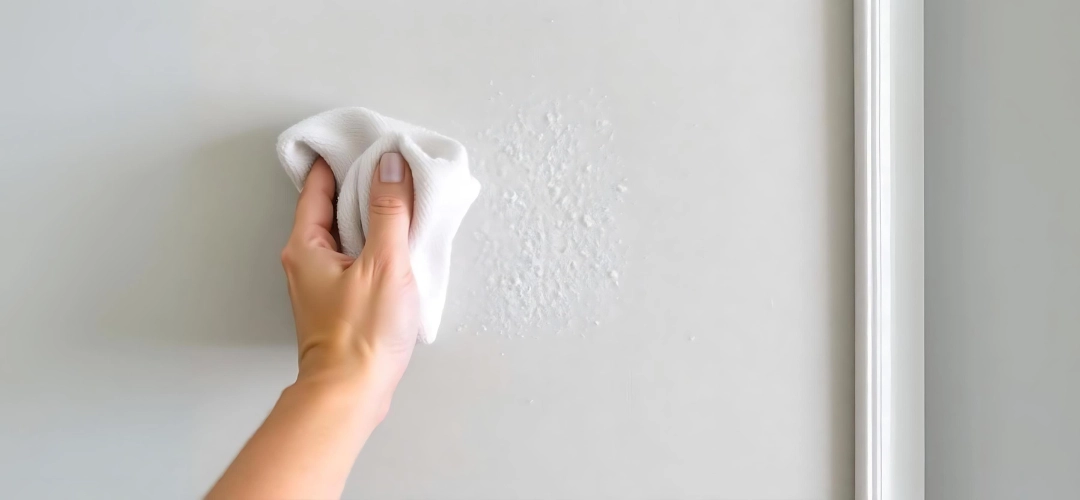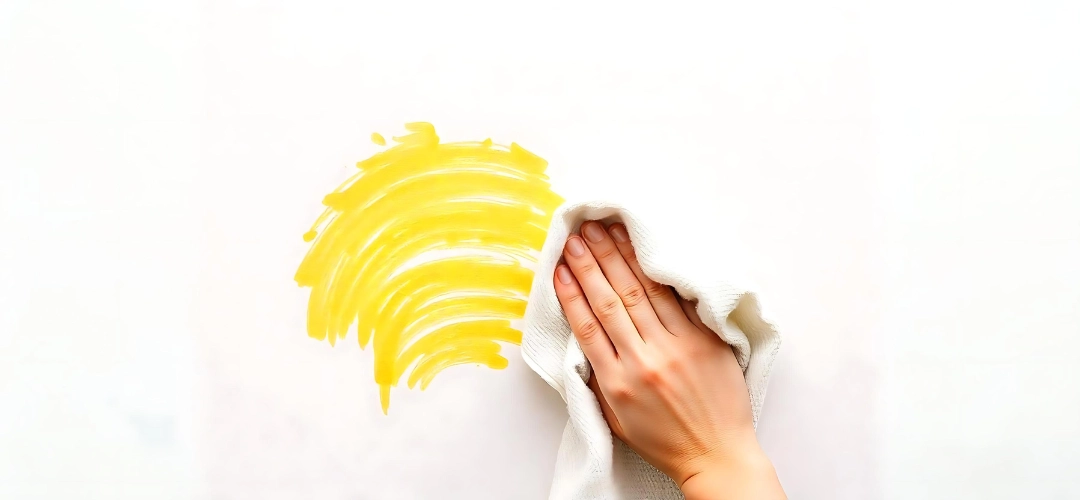How to Pick the Perfect Pastel Palette for Your Kitchen Cabinets and Walls
Are you dreaming of a kitchen filled with soft, soothing colours that exude charm and personality? Pastel tones are the perfect solution for creating a serene, inviting space that transforms your kitchen into a delightful culinary haven. Whether you’re drawn to the tranquillity of Dewdrop Lavender, the freshness of Celery Bisque, or the warmth of Peach Whisper, pastels from Indicus Paints offer endless possibilities.
But how do you choose the perfect pastel palette that compliments your cabinets and walls while harmonising with your overall kitchen design? This guide will help you explore pastel colours from Indicus Paints, expert combinations, and tips for creating a cohesive, stylish look. Let’s dive into the art of picking the perfect pastel palette for your kitchen.
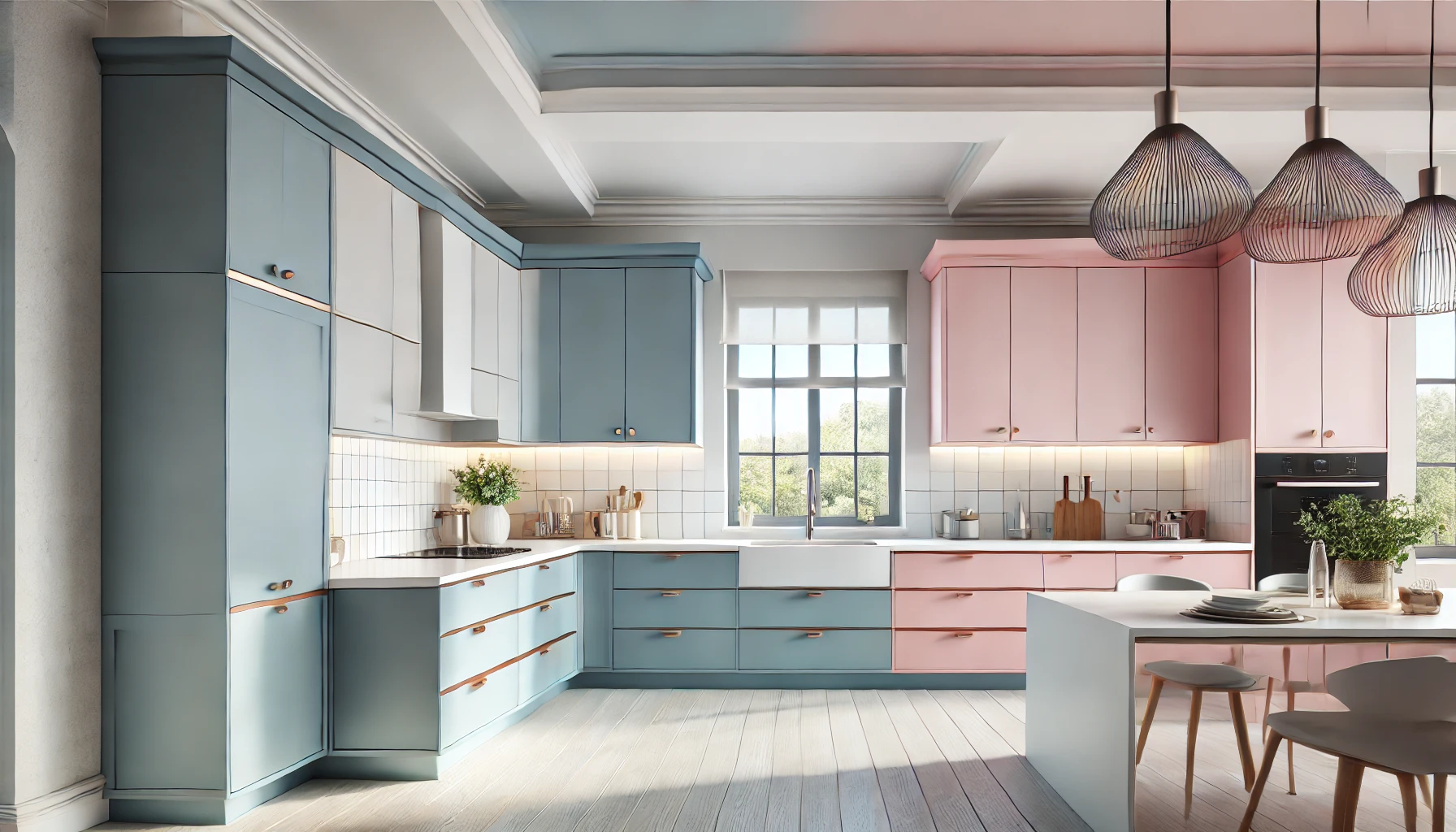
Why Choose Pastel Tones for Your Kitchen?
Pastel tones have a unique ability to create a light, airy atmosphere that’s both soothing and stylish. These soft hues are versatile and timeless, making them an ideal choice for kitchen cabinets and walls. Pastels can:
- Enhance Natural Light: Colours like Sky Frost and Powder Pink reflect natural light, brightening your kitchen and making it feel more spacious.
- Create a Calming Ambience: Pastels such as Celery Bisque and Dewdrop Lavender evoke tranquillity, helping you create a stress-free cooking environment.
- Offer Design Versatility: Indicus pastels pair beautifully with a variety of styles, from rustic farmhouse to sleek contemporary.
- Add Personality: These delicate shades infuse your space with charm and individuality, setting your kitchen apart.

Finding the Right Pastel Shades for Your Kitchen
a) Tranquil BluesPastels like Sky Frost create a calm, refreshing atmosphere. Pair this shade with white countertops or light wood finishes to give your kitchen a Scandinavian-inspired look.
b) Fresh Greens
Colours like Celery Bisque add vibrancy and a connection to nature. This shade pairs beautifully with gold or brass hardware for a modern touch.
c) Soft Pinks
Powder Pink is perfect for creating a warm, chic kitchen. Pair it with metallic or white accents for a contemporary, elegant feel.
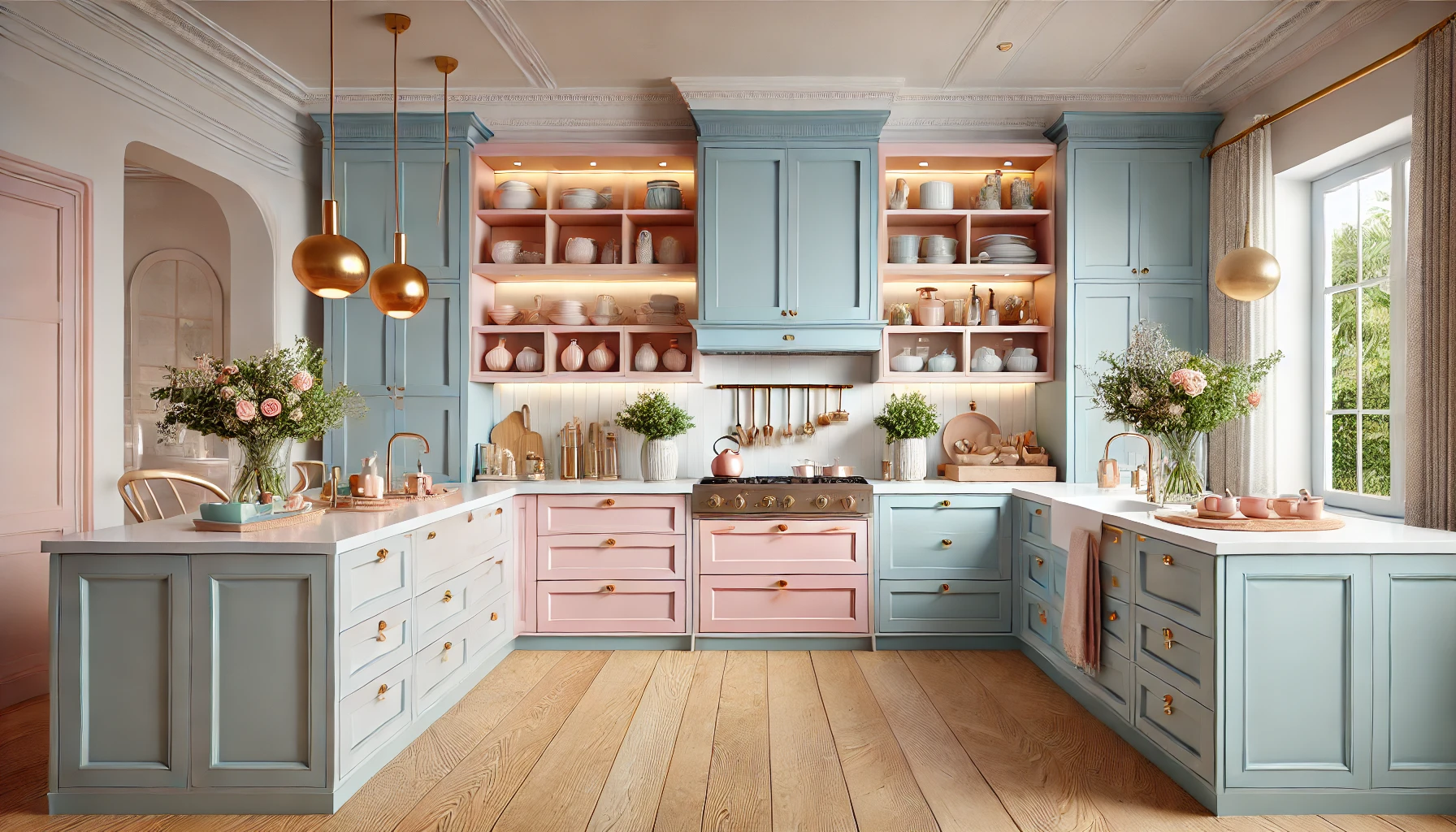
Golden Dawn adds a sunny, welcoming vibe to your kitchen. This pastel is ideal for cabinets or walls and can be balanced with neutral tones like beige or cream.
e) Elegant Purples
Dewdrop Lavender is a subtle yet sophisticated choice. This shade works wonderfully with silver hardware or marble countertops for a refined finish.
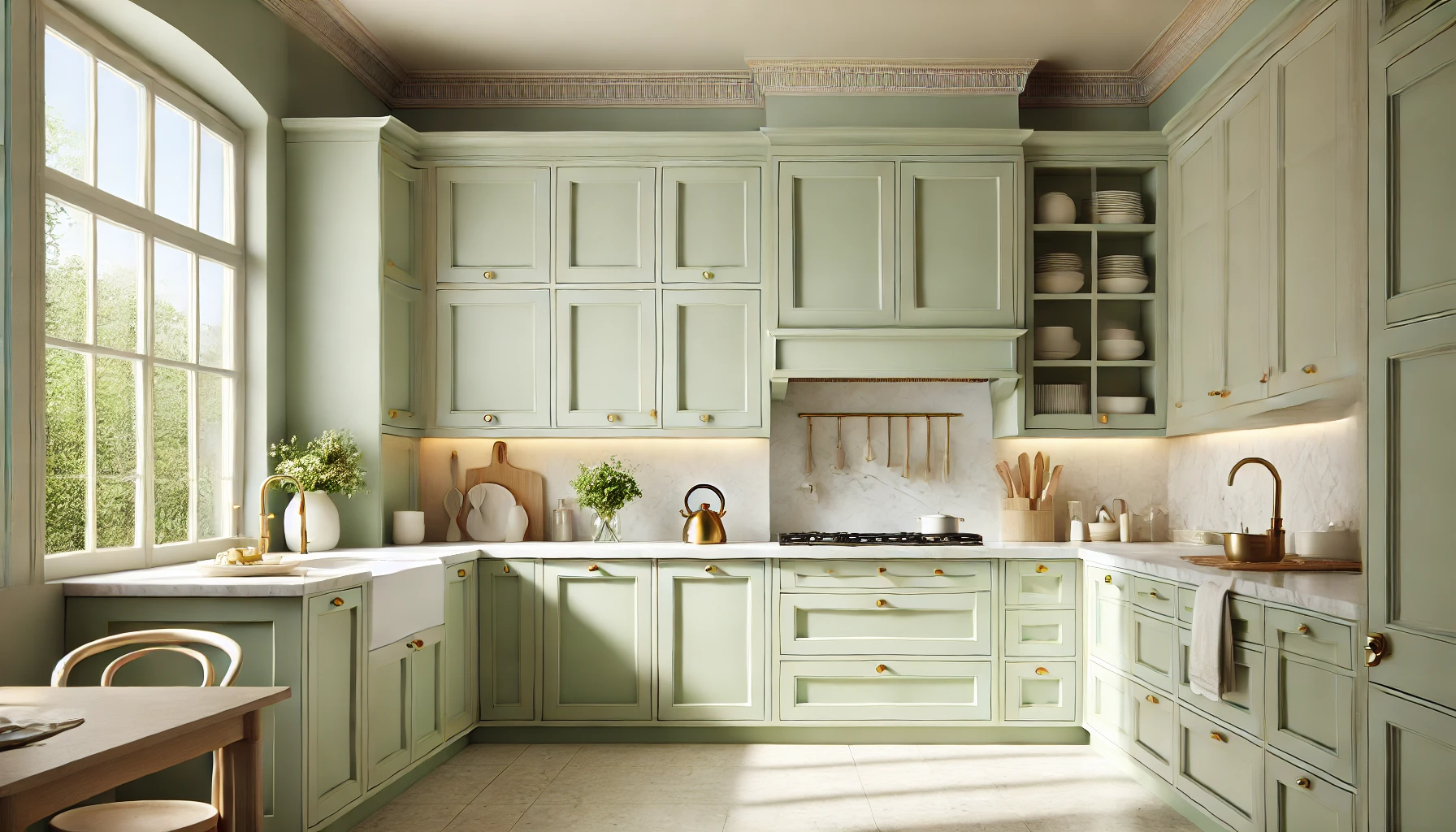
Expert Colour Combinations for Kitchens
a) Celery Bisque and Powder PinkCombine the freshness of Celery Bisque cabinets with the warmth of Powder Pink walls for a balanced, harmonious look.
b) Sky Frost and White Blossom
This crisp combination creates a serene, minimalist aesthetic. Use Sky Frost for cabinets and White Blossom for walls to brighten up smaller kitchens.
c) Golden Dawn and Driftwood Beige
The cheerful warmth of Golden Dawn cabinets paired with the subtle neutrality of Driftwood Beige walls is ideal for a farmhouse-inspired kitchen.
d) Dewdrop Lavender and Peach Whisper
Blend Dewdrop Lavender walls with Peach Whisper cabinets to create a soft, feminine look. Add silver or rose-gold accents to elevate the palette.
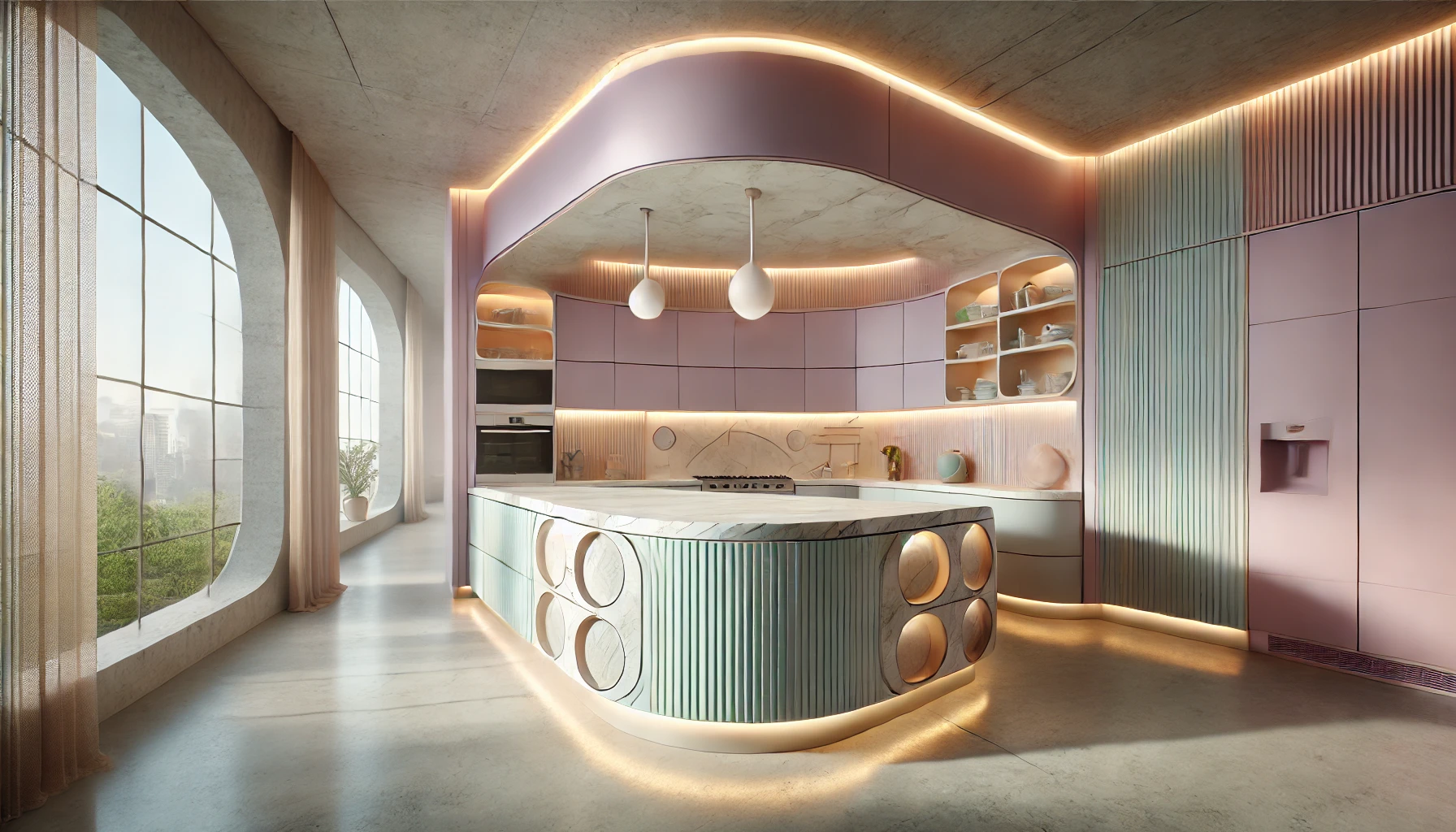
Tips for Harmonising Pastels with Your Kitchen Design
- Consider the Size of Your Kitchen: Use lighter pastels like Sky Frost or Powder Pink in smaller kitchens to make the space feel larger and brighter.
- Focus on Balance: Pair pastels with neutral tones such as Driftwood Beige to prevent the space from feeling too sweet or overwhelming.
- Incorporate Textures: Add texture through wood, tiles, or metal to enhance depth and interest in your pastel palette.
- Add Contrasts: Use darker accents or metallic finishes to ground pastel tones and create contrast.
- Coordinate Hardware and Accessories: Choose cabinet handles, light fixtures, and décor items that complement your pastel colour scheme.
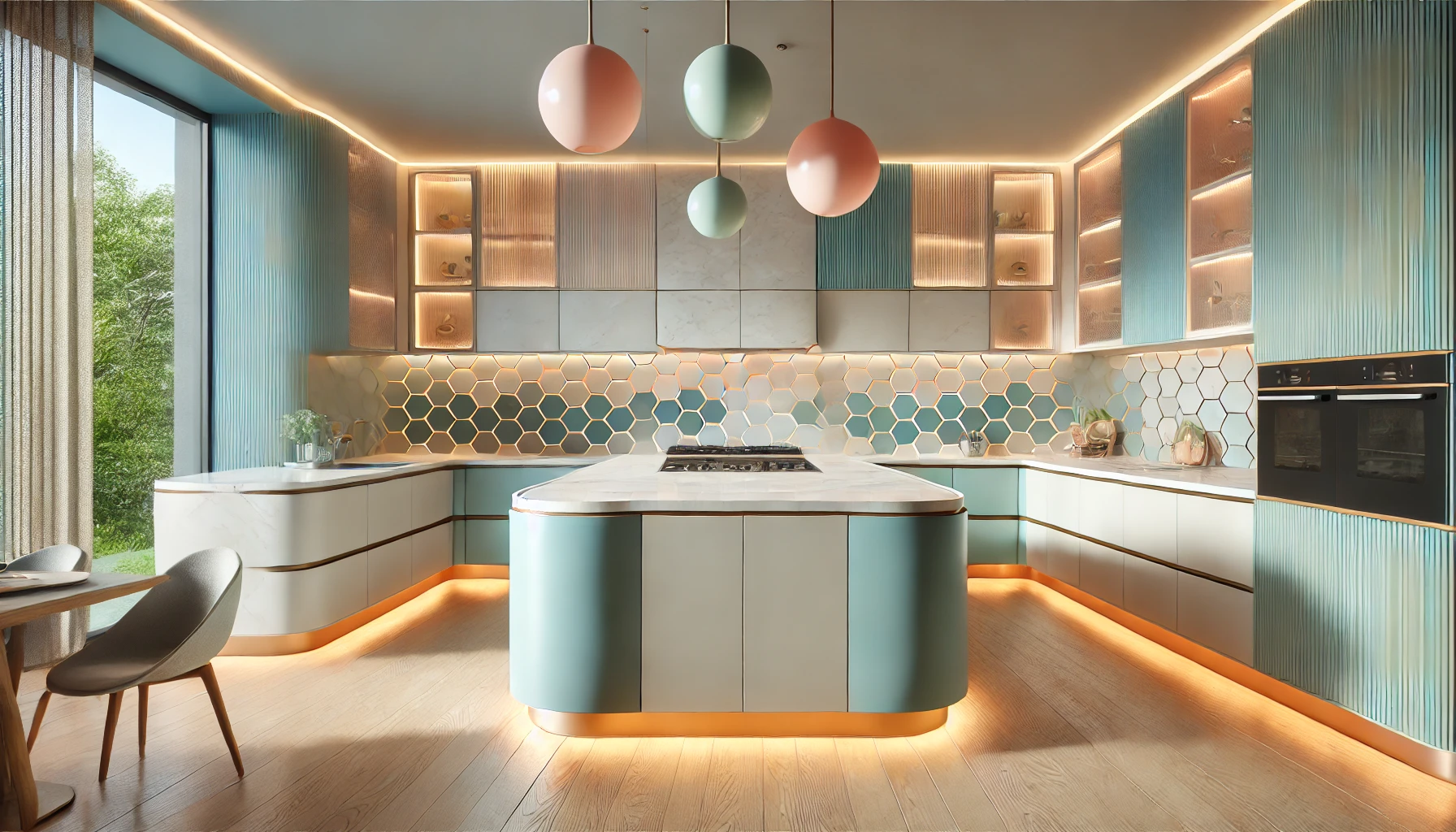
DIY Pastel Painting Projects for a Personalised Touch
For a creative, hands-on experience, try these DIY painting ideas:
- Paint Your Cabinets: Use Indicus shades like Celery Bisque or Peach Whisper to give your cabinets a fresh new look.
- Create an Accent Wall: Highlight a single wall with a pastel shade like Dewdrop Lavender or Golden Dawn for added character.
- Customise Shelves: Paint open shelves in a contrasting pastel colour such as Mint Leaf to highlight your kitchenware.
- Stencil Patterns: Add playful patterns using a combination of pastels like Powder Pink and Sky Frost for a unique touch.
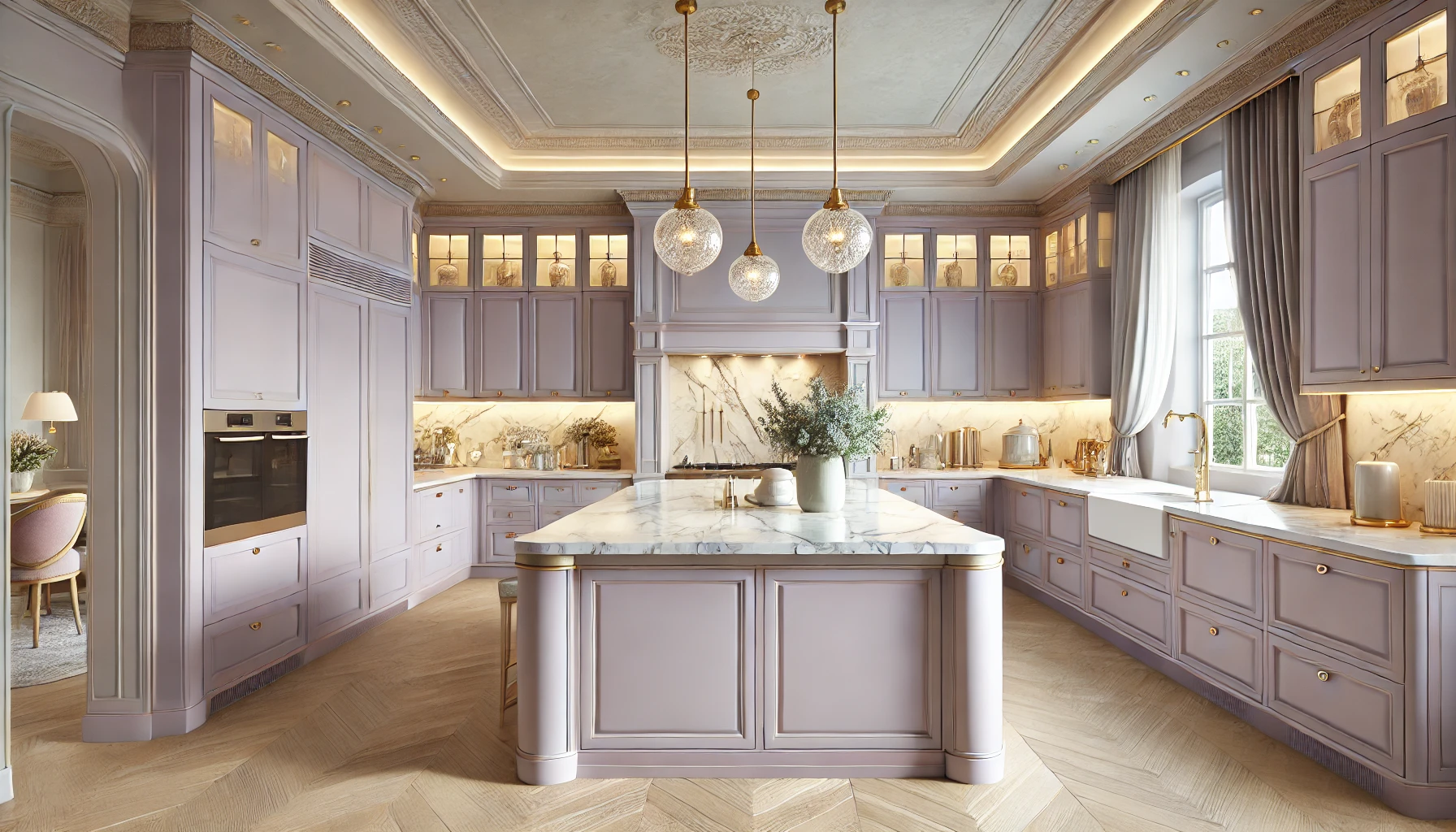
Hiring Professional Painters for a Flawless Finish
For a seamless, polished result, consider hiring professional painters. Indicus Painting Services offers expert solutions to bring your pastel kitchen vision to life. From selecting the perfect pastel shades to achieving a flawless application, the skilled team at Indicus ensures every detail is handled with care.
With premium paints and precise techniques, Indicus Painting Services transforms your kitchen into a pastel paradise that’s both beautiful and functional. Trust the experts to deliver the dream kitchen you deserve.
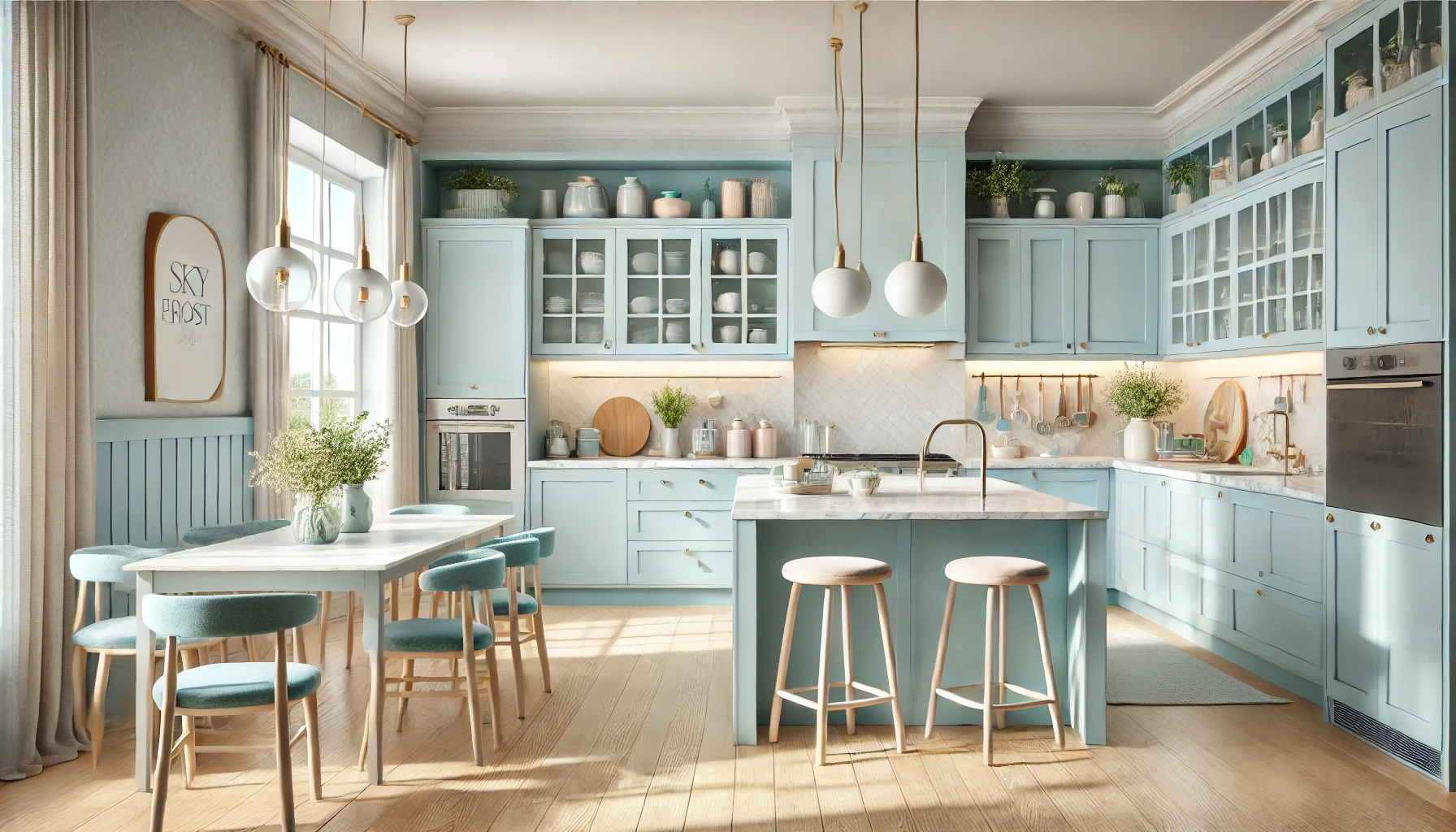
Conclusion
A pastel palette is the perfect way to transform your kitchen into a serene, stylish space that reflects your personality. By choosing colours from the Indicus Paints Colour Palette, experimenting with combinations, and ensuring harmony with your kitchen’s design, you can create a culinary haven that’s as inviting as it is functional.
Whether you’re tackling a DIY project or working with Indicus Painting Services, pastel tones can infuse your kitchen with charm and elegance. Let your imagination soar and turn your kitchen into the heart of your home with the timeless beauty of pastels.

